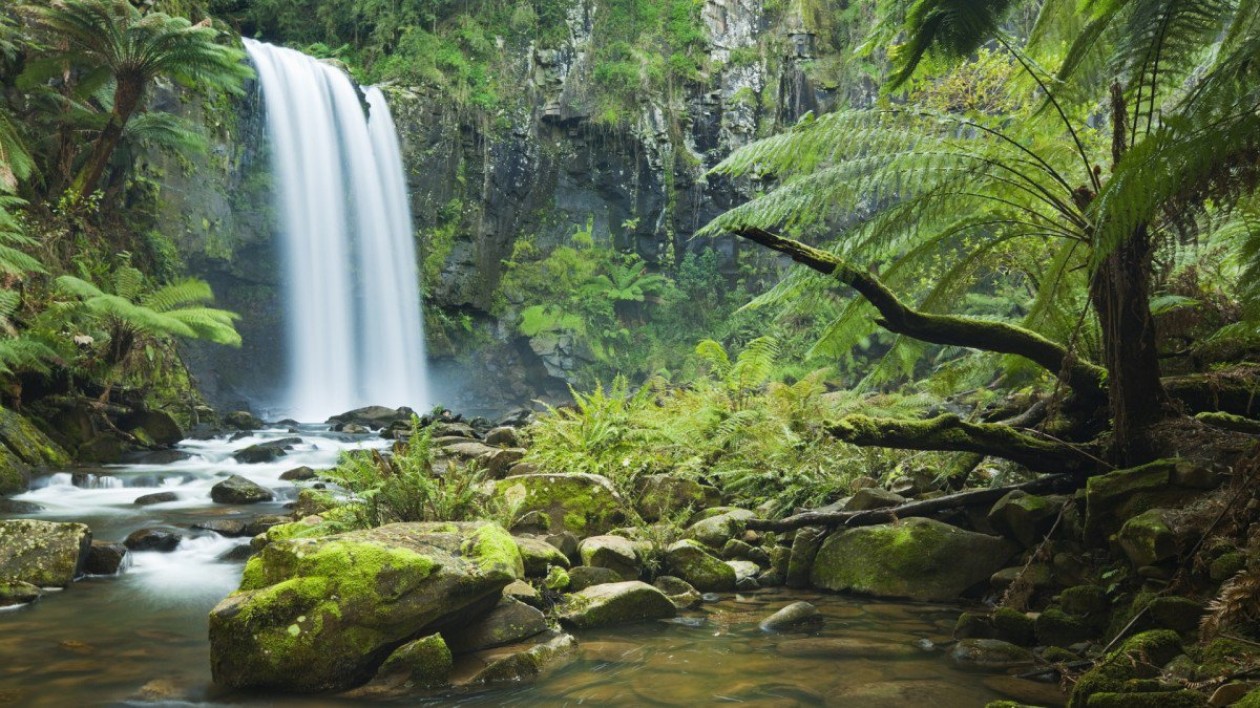Salmon Facts Part Two
Salmon are rich in essential vitamins and can decrease the risk of coronary disease and cancers. There are 6 species of Pacific Salmon and only 1 Atlantic Salmon species. Salmon have an average of 2500 eggs, but can have up to 7000. Salmon are called “fry” when emerging from their eggs.The largest salmon caught is 126 lbs. Salmon can travel up to 3500 miles to spawn. The energy to travel all those miles to spawn come from their stored body fat. Salmon do not eat while migrating up stream.
Some types of salmon are listed on the endangered list. Scientists do not support the catching of the salmon on this list.
Chinook Salmon
Chinook salmon are the largest of the Pacific salmon, with some individuals growing to more then 100 lbs. These huge fish are rare, as most mature Chinook are under 50 lbs.
The Salmon Life Cycle
Eggs
Do you want to learn about Salmon? Salmon can have thousand of eggs. The female adult salmon lay the eggs and the male fertilize them. Salmon eggs usually have 2,500 brothers and sisters. If the water is too hot or too cold the eggs will either die or take longer to hatch.
Alevin
The eggs have hatched the next is Alevin. First they live under the rocks. They can not come up to the surface because they have predators. Alevin usually live 30 cm done in the water. They feed on their egg sac once the Alevin has eaten all his egg sac it becomes part of its body and it is now a fry.
Fry
The Fry is the first stage to travel. They wait for the word to travel down streams. They start traveling and have many challenges like predators, fisherman, dams, and pollution. The Fry make it down to the estuary. The estuary is where the saltwater and the freshwater mix. Then when the Fry gets to the estuary it is a now called a smolt.
Smolt
The smolt is it the estuary. It and its fellow salmon are hungry. They eat shrimp and small fish. Most of the smolts die in the estuary because of predators. Some of them survive. They try to avoid nets and other things that could catch them. The go to the ocean and become Adults.
Adult
The Adult is it the ocean they are big and strong. They eat shrimp and small fish. They stay in the ocean for up to seven years. Then they make their way back to where they were born. Adults finds a mate. The female finds a place to lay the eggs. The eggs will hatch and it will all happen again.

Dear Carter,
Your enthusiasm for posting this article was exceptional. Thank you for displaying a heart to go beyond the requirements and to post a masterpiece showcasing your great research! We can all learn so much about the salmon life cycle from your article. Can you imagine that Chinook salmon can be more than 100 lbs.?
You are an amazing researcher,
Mrs. Fordyce
Hi Carter my name is Tate I am in 4th grade.My teacher is Mr Geiman. I liked your story about Salmon because you said that they swim very fast wow.I wish you couldn’t have made the story so long though.I wonder how big they are?
Hi Carter,
My name is Trinity and I’m from Mr. Geiman’s class. I really like how you organized your writing and how you put all he stages for a salmon. Which salmon are endangered? I wish you put where you got your information. Please visit my blog at http://blog.elanco.org/xiongo8o/ .